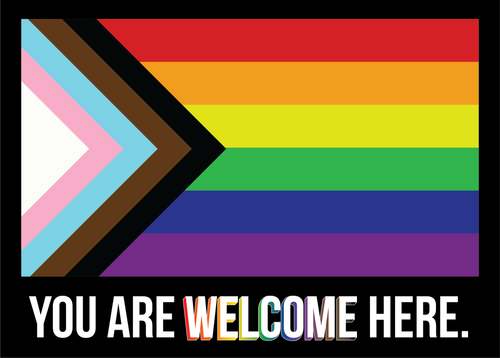Codependency, a pattern of unhealthy relationships where one person’s needs are prioritized over their own, can significantly impact our emotional well-being. If you’ve found yourself constantly seeking approval, feeling responsible for others’ happiness, or struggling with low self-esteem, you likely feel trapped by these behaviors and struggle to change.
Understanding Codependency in Men
Codependency in men often manifests as:
- Overly protective behavior: Constantly watching over and taking care of others to the point of smothering them. This can involve controlling their actions, making decisions for them, or rescuing them from perceived difficulties.
- People-pleasing: Going out of your way to make others happy, even if it means sacrificing your own needs, wants, or desires. This can lead to feelings of resentment, exhaustion, and a loss of identity.
- Difficulty saying no: Struggling to set boundaries and assert your needs, often out of fear of rejection or conflict. This can result in feeling overwhelmed, taken advantage of, and resentful.
- Fear of abandonment: Intense anxiety about being alone or losing important relationships. This can lead to clingy behavior, excessive reassurance-seeking, and a constant need for validation.
- Low self-esteem: Feeling inadequate and unworthy of love and respect. This can manifest as self-doubt, perfectionism, and a constant need for external approval.
Breaking Free from Codependency
- Self-Awareness:
- Recognize the patterns: Identify the specific behaviors and thought patterns that contribute to your codependency. Pay attention to how you feel in relationships, what triggers your codependent behaviors, and the consequences of these behaviors.
- Accept negative beliefs: Notice thoughts of low self worth and your tendency to validate yourself through others. Recognize that these thoughts and behaviors don’t define you and allow them to be there without avoiding or reacting to them.
- Setting Boundaries:
- Communicate your needs: Clearly express your boundaries and expectations to others in a respectful and assertive manner. Use “I” statements to communicate your feelings and needs without blaming or accusing others.
- Learn to say no: Practice saying no without feeling guilty or obligated. Remember that it’s okay to prioritize your own needs and well-being.
- Building Self-Esteem:
- Positive affirmations: Repeat positive statements about yourself to boost your self-confidence. Focus on your strengths, accomplishments, and qualities that you admire.
- Personal growth: Engage in activities that nurture your interests and passions. This can help you develop a sense of purpose and self-worth.
- Developing Healthy Relationships:
- Seek support: Connect with friends, family, or a therapist who can offer understanding and support. Having a strong support system can help you navigate challenges and develop healthier relationships.
- Practice healthy communication: Learn effective communication skills to express your needs and feelings in a clear, honest, and respectful manner. Avoid blaming, criticizing, or making assumptions.
- Seeking Professional Help:
- Therapy: Consider therapy to explore the underlying causes of your codependency and develop coping strategies. A therapist can provide guidance, support, and tools to help you break free from unhealthy patterns.
- Support groups: Join support groups for codependents to connect with others who understand your experiences. Sharing your struggles and experiences with others can be a powerful source of support and validation.
Remember, breaking free from codependency takes time and effort. Be patient with yourself and celebrate your progress along the way.
By understanding codependency, setting boundaries, and building self-esteem, you can create healthier relationships and live a more fulfilling life.





